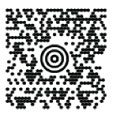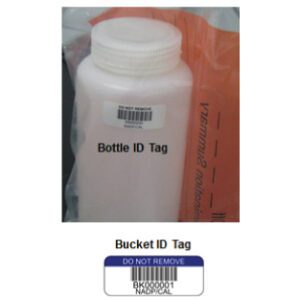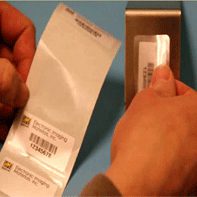When most people think of a barcode, they picture a white label with numerous black vertical lines that look like a picket fence―an example of a one-dimensional barcode. The MaxiCode is unique since it is two-dimensional where one dimension is vertical and the other is horizontal. To “read” a 2D MaxiCode, you will need a special imaging scanner that essentially takes a “picture” of the code to capture and read it―a technology also used in making photocopies. 
The original name was the Dense Code which was later changed to the UPScode. The United Parcel Service actually sponsored the development of the MaxiCode and even received “The Percival Award” for its efforts of putting the code in the public domain. The version of the code set into the public domain was named Code 6―what we now know as MaxiCode. MaxiCode is used on freight labels by the United Parcel Service (UPS) to address and sort packages in a quick, efficient way, while also being able to remain scannable after being damaged.
Instead of using bars, the MaxiCode uses dots arranged in a hexagonal grid or honeycomb pattern, made up of 888 information-carrying cells. The cells surround a “target” or “bull’s eye” in the center which allows the scanner or camera to locate the symbol. Although MaxiCode’s are limited to about one square inch, they can be linked together up to eight times for a longer message called a “composite tag.” Within a fixed-size of about one square inch, a MaxiCode can contain up to 93 alphanumeric characters. A symbol in MaxiCode stores both a Primary Message as well as a Secondary message. The Primary message includes a postal code, a three-digit country code, and a three-digit class-of-service number. The Secondary message holds the specific address and other less important information.
Another special feature of the MaxiCode is the built-in Reed-Solomon error correction. Since most of these symbols are found on packages, they must be able to withstand damage. With the error correction, up to 1/8th of the symbol can be torn, smudged or damaged and still be scannable. MaxiCode has had great success since its inception and is currently being used throughout the world. It is primarily limited to freight transportation, sorting and tracking, however. Take a look the next time you receive a package. Does it have MaxiCode freight labels or some other type of two-dimensional code?





